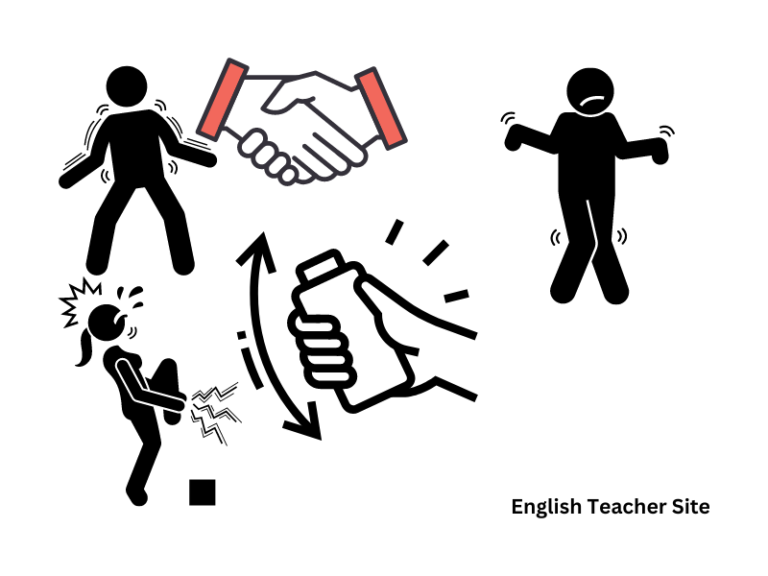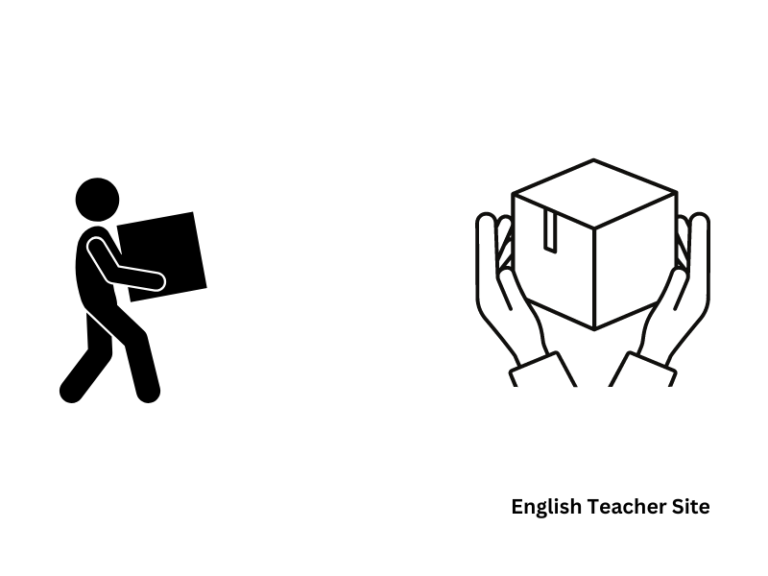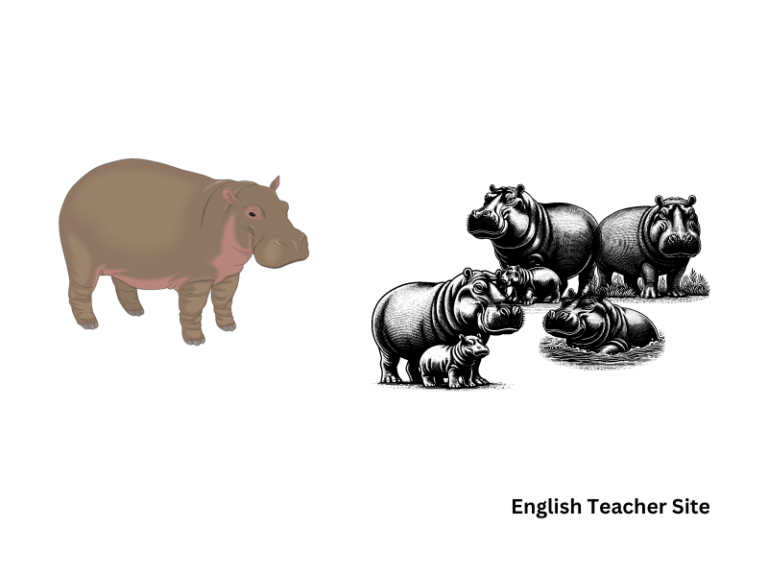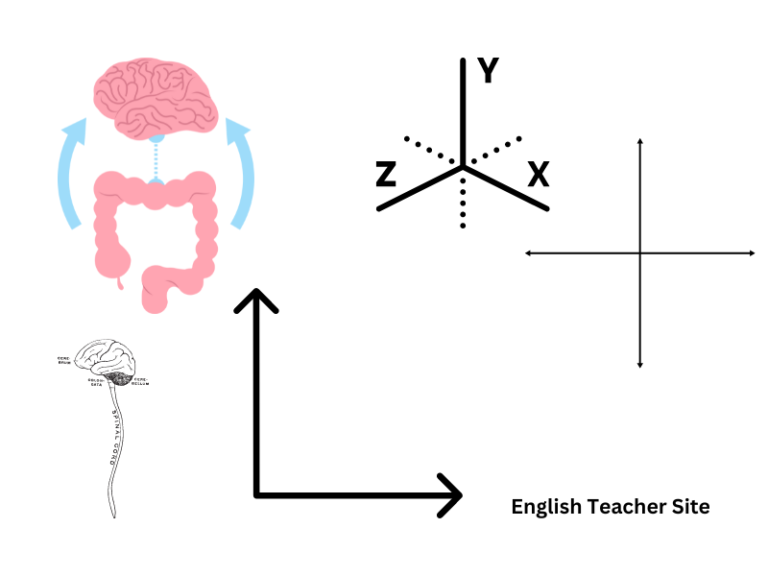Unlocking the Past Tense of Shake You Need to Know
Understanding the Past Tense of Shake The past tense of shake often trips up both native speakers and learners of English. While “shake” is a commonly used verb, its irregular conjugation complicates matters. Understanding how and when to use these forms is essential for clear and accurate communication. Whether you’re writing or speaking, knowing when…










